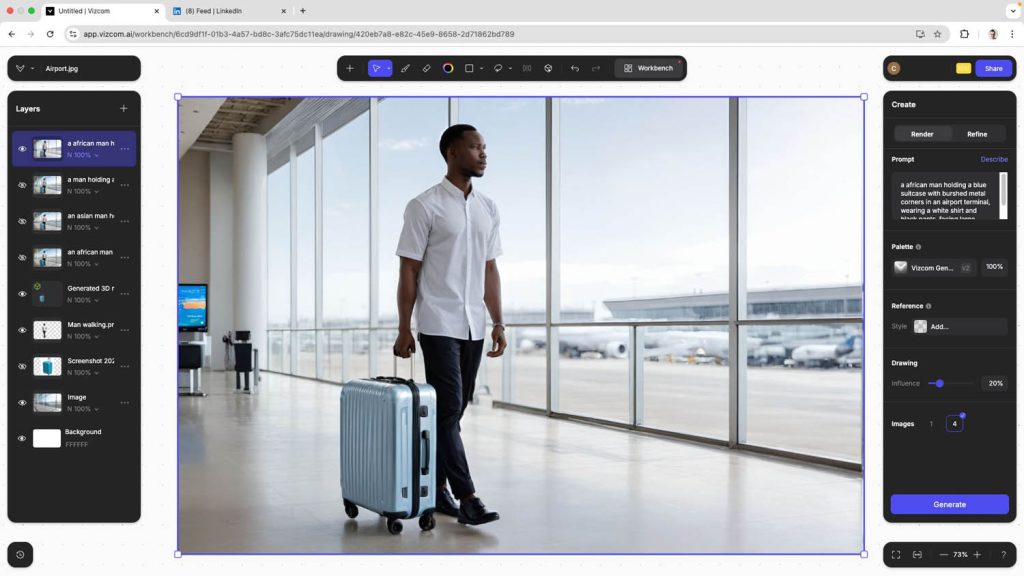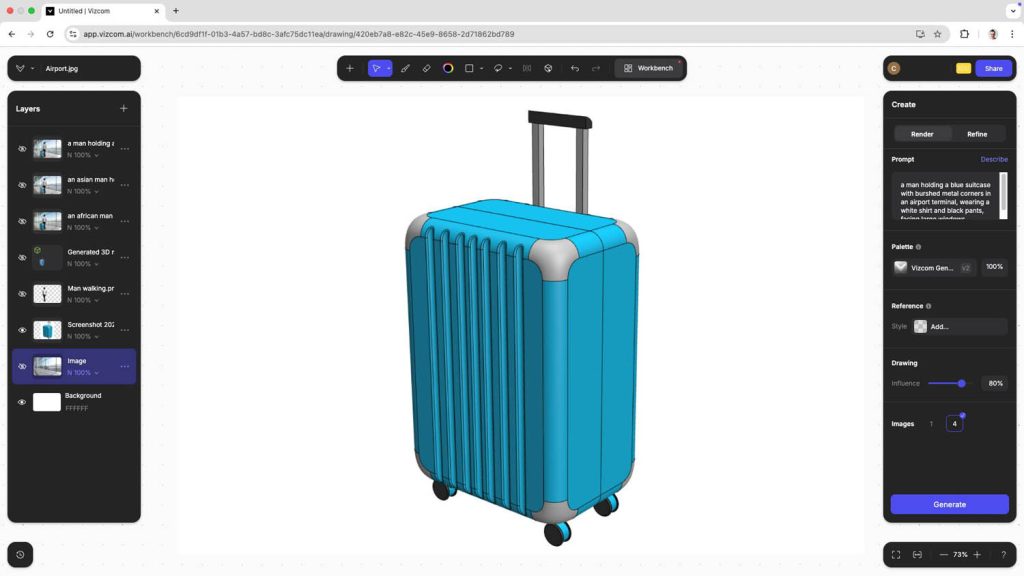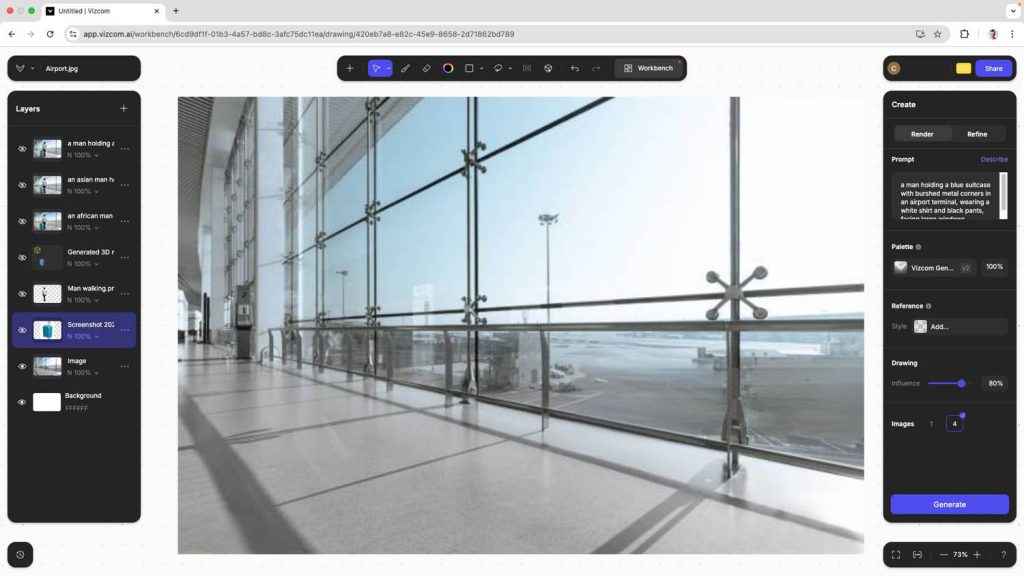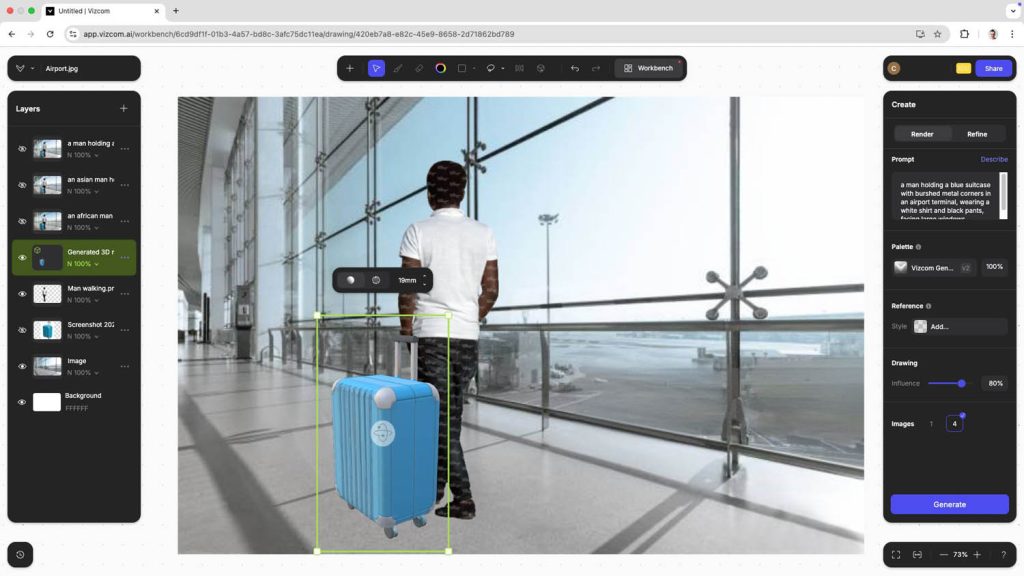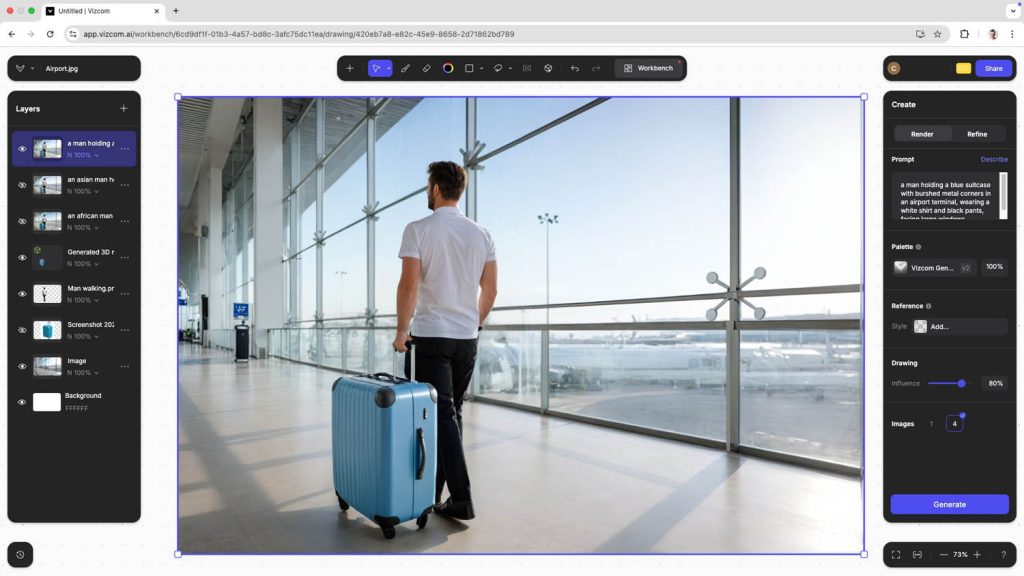How do modern design courses tackle the subject of artificial intelligence? Stephen Holmes speaks to leading educators about how they see the future of AI and the role that today’s students will play in taking AI tools and skills into workplaces that may still be coming to terms with the technology
When a story hits the headlines about the use of artificial intelligence (AI) in education, the focus tends to be some egregious example of plagiarism, fakery or misinformation.
In product development courses, however, AI has a more constructive role to play. And that’s leading to some vital conversations, not only around the possibilities that this technology brings to design work, but also the extent to which future employers will value job candidates with a sure grasp of how to apply it.
At Wayne State University in Detroit, Michigan, associate professor of teaching Claas Kuhnen is a vocal advocate for AI software, who believes that exposing design students to this technology is essential. “
AI should be seen as a tool to modernise labour-intensive workflows, not as a shortcut to replace effort,” he says. “In the future, designers won’t be replaced by AI, but those skilled in leveraging it will have a competitive edge.”
It’s a view echoed by Dr Robert Phillips, a senior tutor within the School of Design at London’s Royal College of Art (RCA). “I think what we should be doing is asking what jobs we want AI to take, so that we can retrain people to do better jobs,” he says. “I think we need to elevate how we’re talking about AI to focus on what we actually need it to do, and what – more importantly – we’re going to feed it.”
Phillips sees this as a topic on which the RCA has always focused. Rather than simply teaching design, he says, the emphasis at the college is on redefining the purpose of design and the directions in which it’s heading.
“I think ethics are key,” he adds. “Let’s take responsibility for AI and be part of the journey, rather than let it happen to us.”
Revolutionary road
Much of the design process centres on developing concepts and presenting them visually, says Claas Kuhnen, and this is an area where AI-generated images could be revolutionary.
“For example, when creating a new consumer product, we conduct research and begin ideation, exploring form, materials, and colours. Yet, brainstorming fatigue or reliance on familiar ideas can limit creativity,” he points out.
Instead, AI tools can offer advantages at multiple stages, not just by generating forms, but when looking to uncover details to inform a design project during the research phase, says Paul Russell, a teaching fellow in design at Loughborough University in the UK who regularly works with students to develop their CAD and visualisation skills.
“In terms of efficiencies, you could spend hours or days researching on Google and get back the same information that you could get back in a few minutes from ChatGPT – and it’s quicker to do that and verify it than it is to do it manually,” he says.
AI’s generative capabilities are also capable of offering up ‘happy accidents’ too, says Kuhnen. Much like Newton’s falling apple, a generated image might suggest materials or shapes that designers might otherwise not consider.
Naturally, this could lead to a debate of how much of a particular design is the student’s own work. It’s true that many of the products that surround us all were invented ‘by accident’, because inspiration can strike in random and mysterious ways.
At the same time, being able to judge the quality and originality of a job candidate’s design work remains a big concern for employers.
“We’ve always had this issue,” says Phillips at the RCA, but he says it’s like comparing a product made by hand with one made using a CNC machine.
“They’re different things!” he says. In the latter case, somebody has still had to create a file to be able to complete the CNC machining and make it possible to replicate, he says. “So someone has still taken the lead in the creative process.”
He believes that referencing will be key. In effect, a design project should reference its AI sources, just as another project might provide credits relating to the photography it uses. Design agencies often employ professional photographers and credit them for their work within a project. The same should be true with AI, he says. “Everyone needs to be really open about it, and I think we need to embrace it.”
Generation gap
Getting everybody to embrace AI in the workplace may be a sticking point, however. Educators acknowledge a growing divide, based on age, in terms of how AI tools are viewed. “It’s clear. Anyone over about 50, maybe late 40s, is apprehensive, while all the young people are excited and interested in it,” says Russell. “When CAD came about, there were loads of old people saying this is BS, it isn’t proper drafting, you know? And then young people picked it up and loved it. It was the same with rendering.”
If you’re good, AI makes you better. If you don’t put in the effort, or don’t have some of the skills, then AI just doesn’t enhance you as much Paul Russell, Loughborough University
He sees a clear pattern emerging, however. Put simply, the better students make the most of what AI tools can do, much like with any other technology. “I don’t think this is just true in design. I think I’ve seen it all around, with people using AI for coding, videography and more,” he says.
“If you’re good, AI makes you better. If you don’t put in the effort, and you don’t have some of the skills, then it doesn’t enhance you as much, which I think is kind of scary because we want an equal playing field. But these tools actually exaggerate the difference between students.”
If students refuse to engage or put effort into other aspects of the course, he continues, there’s nothing to suggests that the results they produce using AI will sweep them to the top of the class. “With AI, you have to learn through doing. If they don’t put the time in, they don’t get quality results out.”
For him, it’s about giving students the baseline skills, knowledge and understanding, and then letting them run with it. They typically go above and beyond, he adds. In fact, what he teaches about AI to next year’s students will almost certainly be based on what he learns from the current year’s students.
At Wayne State University, Kuhnen agrees that AI tools have their limitations, and that ‘quality in, quality out’ is a steadfast guide. With visualisation, to get usable results, users must feed AI quality hand drawings, understand light and shadow dynamics, and compose images with correct perspective. “These foundational skills remain essential to create believable concept renderings,” he says.
“Ultimately, AI doesn’t replace creativity; it complements it. By automating repetitive tasks, it frees designers to focus on what truly matters: innovation and artistry.”
Back to school
At the Design and Technology Association, director of education Ryan Ball says secondary school educators have often had to fight to get the curriculum updated to reflect new technologies. AI will be no different, he predicts.
For example, until recently, limitations on how much CAD and CAM could be used on GCSE projects in England and Wales forced students to ‘throw in’ handcrafted pieces and hand-drawn parts alongside their parametric CAD models and 3D-printed prototypes, just to satisfy the requirement for ‘traditional’ practices, he says. “How can AI be any different?”
Each use of AI – be it text-to-image, image-to-image, generative design, AI-powered FEA, image enhancement and so on – just involves tools, he says. “The skill lies in deciding when to use them.”
AI could also make the subject of Design & Technology more accessible to a wider range of students, he adds: “There are creative students who cannot draw well or get their ideas out their heads to share with others. AI offers a potential lifeline.
”One examination board suggests that, in order to attain the highest marks when generating designs, students must demonstrate “imaginative use of different design strategies for different purposes and as part of a fully integrated approach to designing.”
As Ball points out, that sounds like a “perfect chance” to put AI to work.
Whichever way you look at it, the adoption of AI could well prove a turning point for education, and provide course content with a real shake-up.
“Do we still need to teach modules around 3-axis machining when [because of AI tools], it’s almost at the point of ‘One click, done’?” asks Russell at Loughborough University.
“I think at some point, we’ll have to trust these AI technologies, right? It’s like autonomous vehicles. The common point is that it’s inevitable now.”
On the whole, most view the use of AI by students as a positive, although some issues raised include a deepening of the divide between the haves and have-nots.
And, without any overarching curricula or industry guidance for how AI is taught, encouraged and explained, it could potentially widen the gap between the best university courses and the rest of the field.
Ball suggests that the divide looks even greater at a secondary school level, where a drastic lack of IT infrastructure, especially in D&T, and even in some cases the banning of mobile phones, may indeed widen the gap further between some centres.
If AI is set to automate repetitive work and free designers to focus on innovation and artistry, then those without access to AI might struggle to reach the same heights as those that have it at their disposal.
“Ultimately, AI doesn’t replace creativity; it complements it,” concludes Kuhnen. “In the end, 3D CAD models and accurate product renderings must be crafted by hand, as AI lacks the creative precision required to meet the high standards we demand.”
While the tools used by today’s students looking to join tomorrow’s industry are advancing at pace, the fundamentals are still necessary to get the best from today’s AI software.
This article first appeared in DEVELOP3D Magazine
DEVELOP3D is a publication dedicated to product design + development, from concept to manufacture and the technologies behind it all.
To receive the physical publication or digital issue free, as well as exclusive news and offers, subscribe to DEVELOP3D Magazine here

